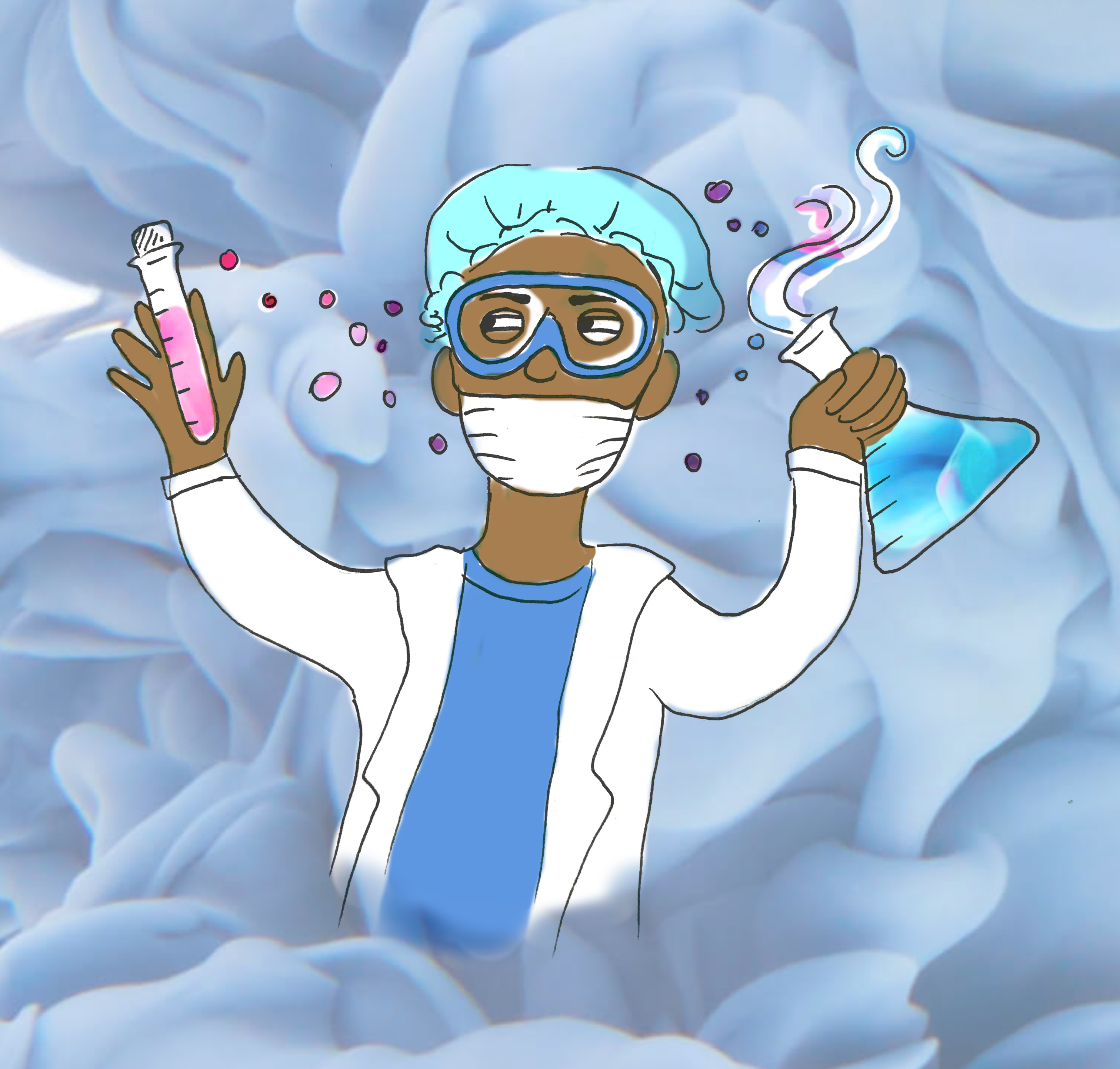Picture this: you and your buddies are selected at random from millions of individuals to be equipped with cutting-edge technology designed to fight a domestic threat gone rogue, compromising the existence of your entire society.
No, I’m not talking about a United States special task force, or even the next installment of Call of Duty. I’m talking about the cells in your own body—your immune cells, specifically.
This is what is known as CAR-T, the latest and greatest in gene therapy. Gene therapy was first developed in 1972, and involves introducing foreign genetic material into an organism via a vector, such as a virus, to help fight disease. As you can imagine, gene therapy at the time was high-risk and achieved limited success. CAR-T, however, shows more promise.
CAR-T stands for Chimeric Antigen Receptor Therapy. It works by transforming your own T-cells—white blood cells which are a part of our immune system—into a battalion of chimeras, armed and dangerous. I’m not even exaggerating.
In Greek mythology, Chimera was the child of the serpentine Echidna and Typhon, who had a lion’s body, a goat head on its back, and a snake for a tail. This monster à la carte is a moniker used in genetics to refer to an organism with cells that have differing genetics. Despite how different all of your cells look, every single one has roughly the same DNA—unless you are a chimera, that is.
Organisms become chimeras for a variety of reasons, both natural and human-induced. In CAR-T, some of the immune system’s T-cells are collected from an individual with cancer. Depending on the individual and the type of cancer, the cells are engineered to be equipped with receptor proteins designed to seek and destroy the traitorous cancer cells.
According to the Canadian government, cancer is the leading cause of death for Canadians. In 2017, 200,000 Canadians were diagnosed with cancer, and 80,000 died of cancer. Colorectal, prostate, breast, and lung cancer are the most prevalent, with lung cancer accounting for a quarter of all cases. Most of us know someone who has or had cancer, and are familiar with the devastating toll it takes on the physical and mental health of a person or animal diagnosed with it, as well as on their friends and family.
Unfortunately, CAR-T is not without its side effects. Due to the introduction of cytokines—immunomodulating proteins—patients may experience what is known as Cytokine Release Syndrome (CRS).
Common side effects of CRS include nausea, rash, and headaches. In a worst case scenario, side effects may include low blood pressure, high fever, and even a cerebral edema where the brain swells. Brain swelling can be lethal, because if it swells too much, the medulla oblongata—responsible for breathing and other autonomous functions—is literally crushed against the spinal cord. Without a working brain stem, you can’t even breathe.
Despite the potential dangers, CAR-T is has been effective in cancer treatment. Roughly half of all patients with acute lymphoblastic leukemia treated with CAR-T in clinical trials went into remission. Use of CAR-T for treatment of B-cell lymphoma resulted in improvement in over 80 per cent of patients—half of which went into remission. A third of patients with multiple myeloma treated with CAR-T went into remission.
When your body needs a hero, and it may just come in the form of an elite squadron of your very own chimera hybrids, locked and loaded to eliminate the threat at all costs.
Graphic by Paloma Callo




![Here’s how your favorite media platforms shape your world view without you realizing it Advertising revenue and subscriptions are the main source of income for news outlets. [Graphic by Sara Mizannojehdehi]](https://charlatan.ca/wp-content/uploads/2021/07/11BE7ADB-1CC8-46E8-ADB4-568B3C7F1265-218x150.jpeg)

